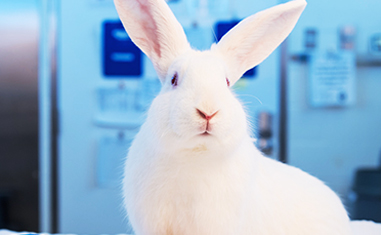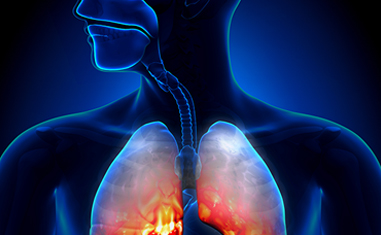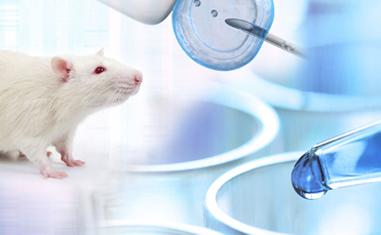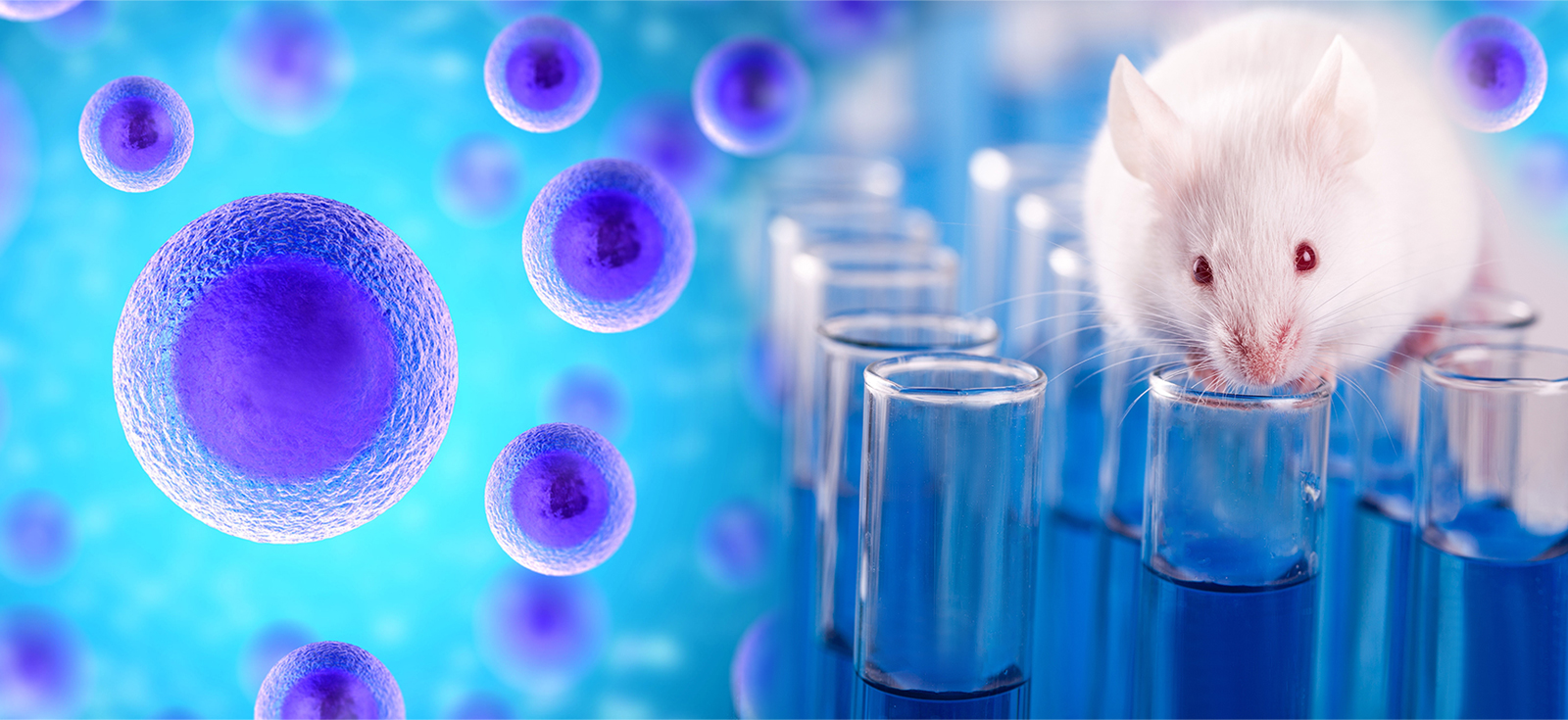DISCOVER OUR AREAS OF WORK

Toxicity studies
The purpose of toxicity studies is, ultimately, non-clinical safety evaluation through characterization.
More
PK/PD Studies
Our capabilities in pharmacokinetics include early exploratory, investigative or screening studies.
More
In vivo Efficacy studies
Drug discovery and development is a challenging, most expensive and time consuming activity.
More






